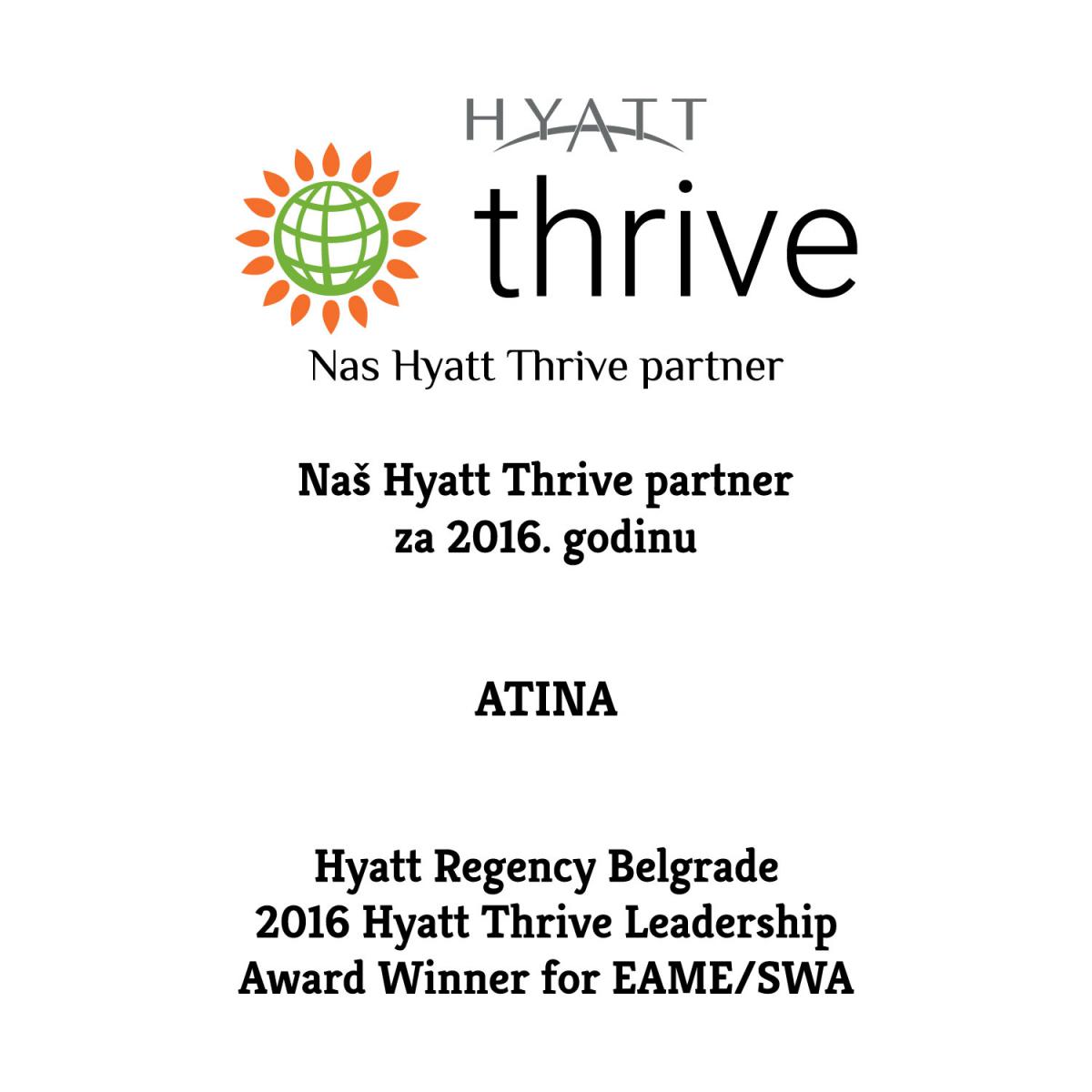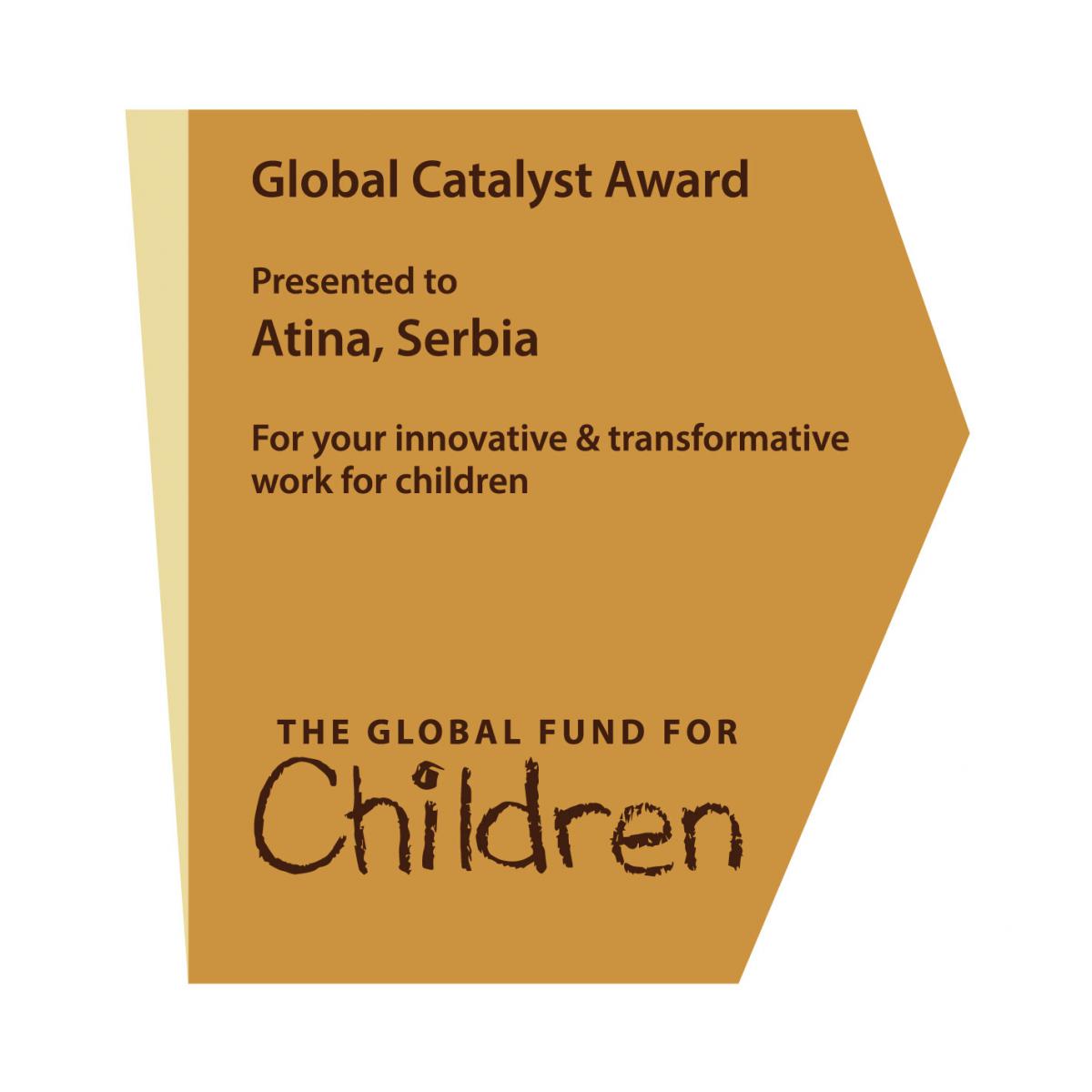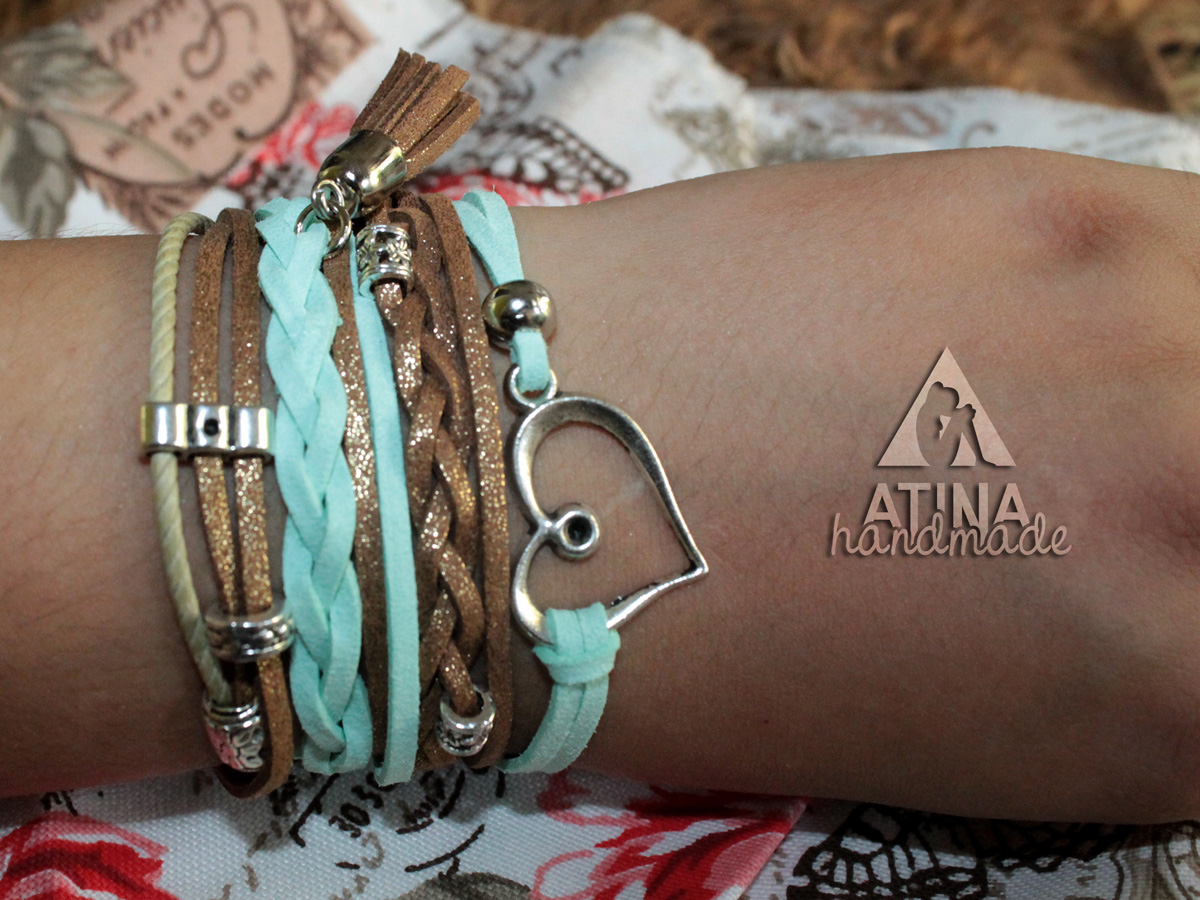Hotline: +381 61 63 84 071
The Women Helping Refugees Survive Europe's Migration Crisis

For the hundreds of female activists volunteering along the Balkans refugee route, the migration crisis is both personal and political.
Of the million or so refugees and migrants who streamed into Europe in 2015, hundreds of thousands came through the Balkans route, a network of paths that cuts north-east from Greece, Macedonia and Bulgaria through Serbia and Croatia, and on to Slovenia, Austria, and Germany.
At way-stations dotted along Balkans roads and rail lines, the majority of support for refugees has been provided not by big-name international organizations like the UN and the Red Cross, but by local people. As the flow of migration has eddied from one area to another, skirting around fences and wending towards shelters and train stations, a network of volunteers and grassroots activists has tracked alongside it.
Women are at the vanguard of this wave of support. Alongside offering information, food, and warm clothing, they are keeping tabs on the most vulnerable arrivals—women, girls, and children traveling alone.
In Belgrade and Zagreb, organizational hotspots on the Balkans route, the people lending support to the tide of refugees have an intimate understanding of what drives a person to leave their home. Many were refugees themselves less than a generation ago, when the Balkan conflicts of the 1990s tore the former Yugoslavia apart.
There's an empathy between them and the Syrians, Iraqis, Afghans, and Iranians fleeing war, corruption, and violence for what they hope will be a better life in Europe. Women in particular are especially aware of the risks of sexual violence in a large-scale, chaotic movement of people like the one rolling across the Balkans now. In reporting this story, activist after activist echoed the same comment: This is personal for us. We have been there, too.
In Belgrade, a women-led civil society group called Atina, founded in 2004 to combat human trafficking in the aftermath of the Balkans conflicts, has taken a lead role in monitoring the security of women and child refugees, but the task is daunting. Program manager Jelena Hrnjak said the Serbian government's policy of facilitating access through the country without organising a formal state-led response had left grassroots organizations to do it themselves.
"When our state in some way legalised the illegal crossing, it was a call for refugees to come," she told Broadly.
She accused the state of failing to organise itself to monitor conditions and offer basic services to refugees for fear of becoming entangled in a humanitarian project it could ill afford. A consequence of this was that Atina staff—three mobile teams in Sid, a Serbian town near the Croatian border, and two on the southern border with Macedonia—were discouraged and even prevented from setting up the outreach support they believe is needed.
"If the state has someone in need, for sure they will call Atina," she said. But without full access to refugees, Ms Hrnjak said her organization was stuck in reactive mode.
In late November, Ms Hrnjak said Atina staff encountered two Afghan girls who had been raped in Serbia, near the Hungarian border. Atina staff only found out about the girls' case by accident, leaving Ms Hrnjak to wonder how many other cases go unreported.
"I think if we set up a good system, we'd have a sea of information on what's going on, but our state is not equipped to handle this," she said.
Anja Stefanovic of the Belgrade Centre for Human Rights echoed Atina's concerns about the need to establish a system to monitor and report violations. With a wartime economy of profiteering and smuggling in full swing and a paucity of information for refugees along the route, refugees are already being taken advantage of. But to what extent remains difficult to pin down.
"It's impossible to break the ice with Belgrade and prove exactly where and how incidents happened," said Ms Stefanovic at a meeting for civil society groups in Belgrade. She said she had little hope that this would change: "Our asylum law was made for the purposes of liberalization for the EU. It was never made to work."
Not far from Atina's office, a passle of local activists, foreign backpackers, and willing citizens staff the Miksalište distribution warehouse, where refugees can pick up a change of warm clothes, nappies, sanitary pads, and a meal. The centre has grown in recent months, with NGOs offering medical services and a child-friendly space. A rota sets out staffing shifts, and locals drop by throughout the day with donations.
Similar outposts are dotted throughout Serbia and Croatia, but the activists and volunteers who built them say UNHCR's increasing presence in the region poses challenges to their ways of working. Grassroots organizations are nimble and flexible. Communication happens easily, and there is no established hierarchy.
All of this is in stark contrast to the UN's refugee agency, which has more funding than grassroots groups—but, activists say, is doing precious little with it.
Belgrade-based activist Olga Kikolic Kia said she was devastated when UNHCR arrived and "big-footed" local activists, flexing its budget and access, but, she felt, not actually delivering the help that was needed.
"They're just sitting there like puppets," said told Broadly.
At a briefing in Belgrade, Hans Schodder, UNHCR's representative to Belgrade, said the organization had delivered measurable differences for refugees, like facilitating a train service that saved people hiking through muddy fields. But with the Serbian state budget under austerity measures and a public sector hiring freeze, he had to make do with—in UNHCR terms, at least—a small budget: just eight million euros for 2015, five million of it to be spent in the last two months of the year. The difference is one of perspective: for grassroots groups relying on volunteers and low-paid staff, it's an eye-wateringly vast sum of money.
Even some of the UN's own staff admit the organization isn't doing enough. One protection officer at the Adacevci transit centre near Sid, which sees up to several thousand refugees each day, said more could and should be done with the organization's funding.
"The aid is a lie, it's just when the cameras are rolling," she said. Broadly has reached out to the UNHCR for comment.
Much of UNHCR's budget has gone towards monitoring who is coming through the country. Mr Schodder said that of the 335,000 people who had registered with UNHCR in Serbia in 2015 (as of late November), an increasing number were women and girls: 24.5 percent in September, 26.4 percent in October, and 29 percent in November.
Despite the rise in women and girls on the move, "Sex for services [bartering sex for goods or favors] isn't happening so much," said UNHCR spokeswoman Melita Sunjic. She attributed this to people moving in large groups, and groups protecting the women among them, but she admitted it was tough to detect trauma in such a short window.
At twin gatherings of civil society groups in Belgrade and Zagreb, women activists said the uptick in women and girls on the route and their own anecdotal evidence of the dangers they faced gave them pause. Scarcely 20 years ago, mass rape, ethnic cleansing and genocide nearly destroyed a generation. The warning signs are eerily similar: an uninformed and desperate population on the move; adolescents travelling alone; wartime profiteering and an environment of near-total immunity for crimes committed against refugees who don't or can't report them.
And so—despite chronic underfunding, shrinking access, and dropping temperatures—Serbian and Croatian women are still monitoring conditions, handing out food and clothing, educating refugees and warning the groups further along the route of dangers to come. As so many of them say, this is personal for them, and they can't just stand by.
https://broadly.vice.com/en_us/article/the-women-helping-refugees-survive-europes-migration-crisis












 FACEBOOK
FACEBOOK TWITTER
TWITTER YOUTUBE
YOUTUBE